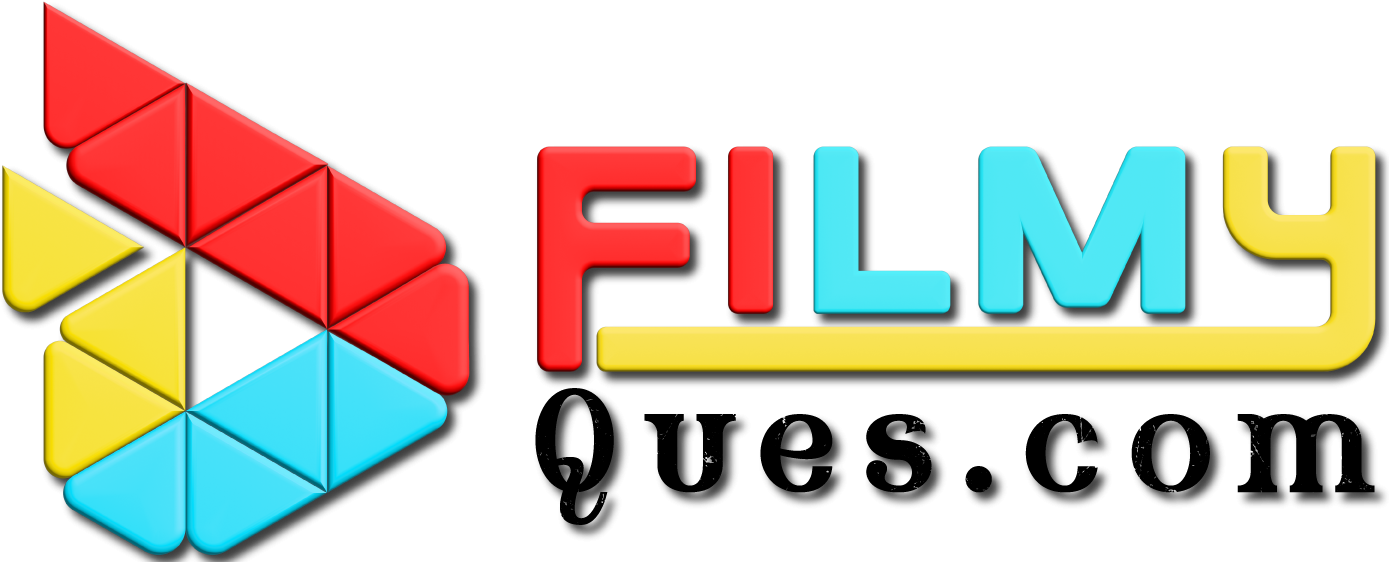Managing a company’s account payables (AP) effectively is vital, for ensuring its wellbeing and operational consistency. Using an Accounts Payable Dashboard can be highly beneficial as it gives an overview of a company’s responsibilities. It helps in handling cash flow and reducing uncertainties. The dashboard provides information on payment timelines, existing liabilities and partnerships, with vendors empowering businesses to make choices and enhance their financial plans.
An Introduction, to Accounts Payable
A dashboard needs to show a straightforward representation of all present debts, with detailed information on amounts owed categorized as short term and long-term liabilities. This summary aids managers in understanding the company’s existing financial obligations. Providing a look at payments enables managers to effectively strategize for cash outflows and guarantee timely processing of payments to prevent penalties and uphold positive vendor relationships.
Real time data Monitoring.
Synchronizing Data Automatically
Keeping the dashboard up to date with information from the accounting systems is crucial for accuracy and timeliness purposes. This synchronization should happen automatically either in time or at intervals to show the latest financial status accurately.
Real Time Financial Status Update: Instantaneous data offers a snapshot of the company’s responsibilities; essential for making prompt financial choices and evaluations.
Warning. Alerts
Setting up reminders for deadlines can help prevent any missed payments and ensure all payments are made on time. These reminders can be personalized based on the importance and amount of the payment. The dashboard should alert managers about any irregularities in payment trends, like repeated payments or high transactions that might suggest mistakes or suspicious activities.
Features for managing risks.
Identifying Risks
The dashboard Potential Problematic Zones, in Accounts Payable Management; Make sure the dashboard has features for examining and documenting zones like payments that frequently result in penalties or vendors, with varying prices that could impact cost forecasts.
Examining Reliance on Vendors
Recognizing and overseeing dependency on vendors can aid in evaluating risk levels and devising plans to lessen risks linked with supplier focus. Managing Cash Flow is essential for the health of a business.
Cash Management
Predicting the cash needs is crucial for ensuring there’s liquidity available, always. The dashboard ought to offer predictions using planned payments to assist treasury professionals in handling working capital. Strategic Approaches, for Cash Management; Companies can strategically manage their cash by studying payment schedules and conditions to potentially benefit from early payment incentives or improve negotiation terms.
Strengthening Connections, with Suppliers Using Data Analysis
Analyzing Vendor Payments
Regularly checking the punctuality and correctness of payments is crucial for nurturing ties with suppliers and boosting a company’s image as a business ally. Some sophisticated dashboards feature scoring mechanisms that evaluate vendors using performance criteria such as reliability, quality, cost and responsiveness.
Negotiating Power
Payment Records to Secure Favorable Conditions; By leveraging payment records for insights, into performance history organizations can potentially enhance negotiations with suppliers securing deals, like prolonged payment terms or volume discounts. When making deals, with vendors having data at hand can boost your negotiating power. Help your secure agreements that have a big impact on your profits and the way you manage your cash flow.
Maintenance and Updates
Trustworthiness
Maintaining the precision and trustworthiness of data is essential for the effectiveness of any dashboard system requiring verification and upkeep through a series of tasks. Regularly check the data sources that feed into the dashboard to make sure they’re still valid and secure, to avoid any data issues that could impact decision making negatively. Ensure data quality by setting up automated processes to routinely check for any irregularities or discrepancies in the data, which’s essential for upholding the accuracy of the information presented on the dashboard.
Updates to Links and Integration
When systems and data sources undergo changes or updates the links and integrations in the dashboard need to be modified accordingly. This ensures operations. Prevents any disruptions in data retrieval. Reviewing and tuning dashboards is essential to keep them aligned with the evolving requirements of the business, ensuring they remain relevant and effective, over time.
When business objectives change over time it’s important to review and modify the performance indicators (or KPIs) and metrics displayed on the dashboard to ensure they align with the updated goals and targets.
Enhance Usability
Enhancing usability involves adjusting to dashboard interfaces to enhance user experience such as modifying layouts and adding features while removing elements. Over the course of time dashboards may get overcrowded or sluggish. Optimizing performance can assist in upholding a responsive tool that facilitates prompt decision making.
In summary
An essential tool for businesses looking to improve their operations through management of payables is the Accounts Payable Dashboard. This tool offers insights into obligations and vendor connections that enable companies to manage financial risks efficiently and enhance their financial well-being overall. Utilizing this technology does not address operational requirements but also plays a significant role in long term strategic decision making.
Further reading materials are available, for reference. Bizinfograph offers ready-to-use dashboard templates on Finance, Sales, HR and Manufacturing.







